Art World
See the Incredible, Recently Rediscovered Photographs a Young Woman Took During a Trip to Postwar South Korea: ‘These Places Are Gone’
The rare color images are a valuable snapshot of South Korea's modernization.
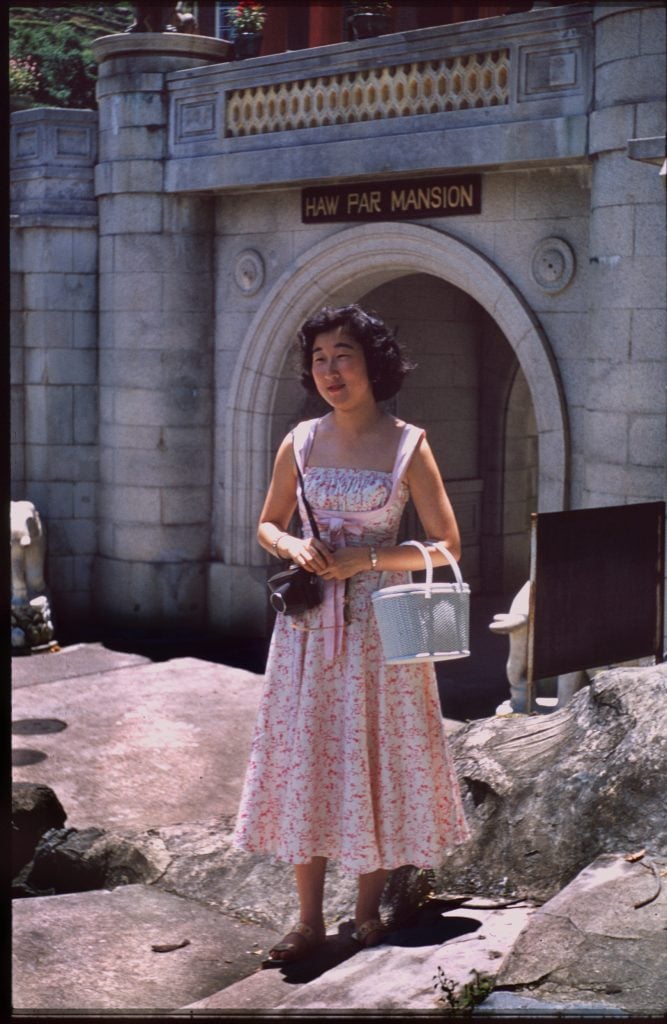
The rare color images are a valuable snapshot of South Korea's modernization.

Sarah Cascone

A recently rediscovered trove of historical photographs of South Korea in the mid-1950s has offered a stunning time capsule of the years immediately following the Korean War, as the country rebuilt in the wake of the deadly conflict.
The photographer of the rare color images, Marie Ann Han Yoo, a Korean American woman who grew up in Hawaii, had packed the slides away in suitcase, left to gather dust in the back of a closet for nearly 65 years. It wasn’t until 2013 that she rediscovered the photographs, which have since appeared in National Geographic and the online exhibition “The Feeling of Han” at New York’s Korea Society.
Yoo, who is now 85, spent a year in South Korea in 1956 and ’57, when her mother was recruited by the nation’s first president, Syngman Rhee—a family friend—to be the public relations director for a Seoul hotel.
Yoo took a break from her studies at the University of Hawaii to join her family in the South Korean capital, where she worked at the U.S. military base.
Traveling overseas for the first time, Yoo was determined to document her experience. Though she thought she was just taking vacation photos, the resulting images capture a fleeting moment in time, of a rapidly changing country on the brink of modernization.
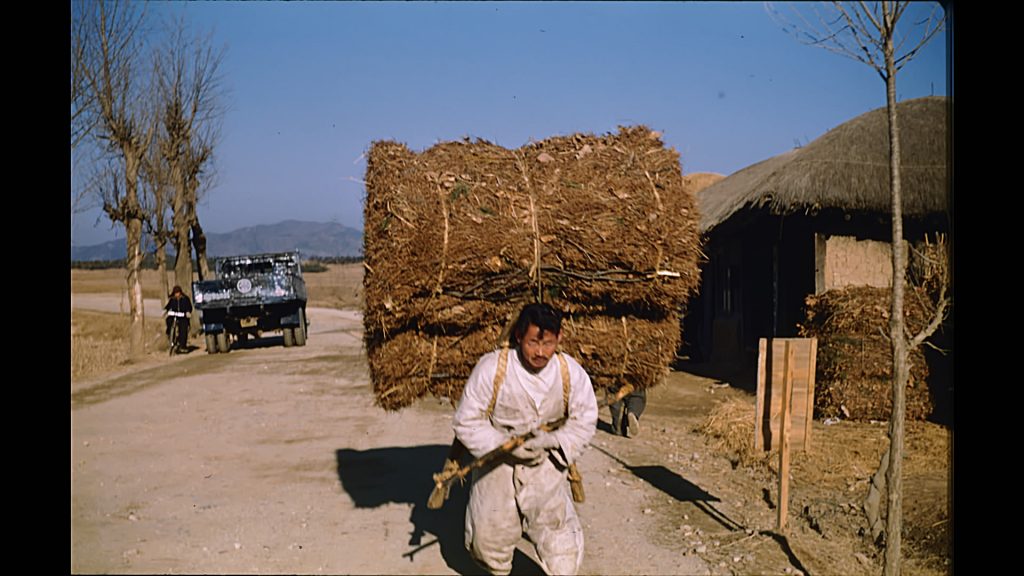
Marie Ann Han Yoo, Man hauling twigs. Photo courtesy of Marie Ann Han Yoo.
There are scenes of everyday life, such as laundry day on the Han River, in which families can be seen laying clothes out to dry on the rocks, and the bustling Namdaemun market, where vendors sell clothes and food. In the countryside, Yoo photographed farmers and stonecutters at work.
Because of her job and family connections, Yoo also took photographs of the Korean military and high-level political events, including a shot of Rhee and First Lady Franziska Donner.
Artnet News spoke with Yoo about the 65-year-old images, and what it was like to revisit them so many years later.
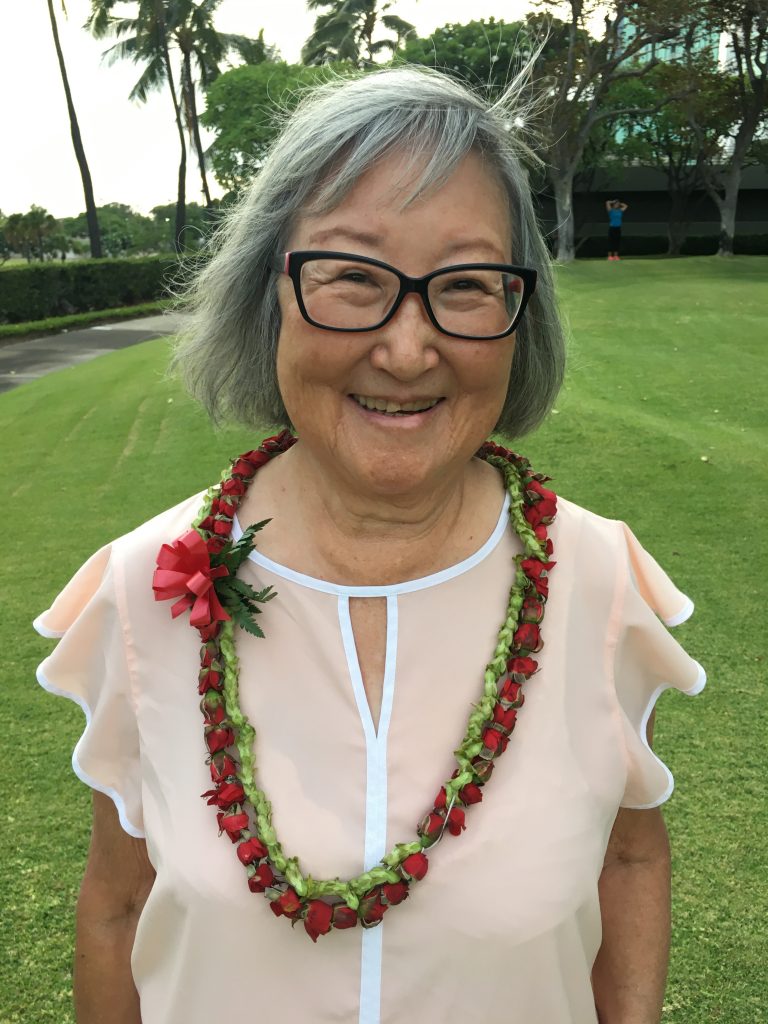
Marie Ann Han Yoo in 2021. Photo courtesy of Marie Ann Han Yoo.
Did you have any training as a photographer before your trip?
I was 20 years old when I first picked up a camera, and it was when I was in Seoul. I did not officially learn to take photos; I asked around—to no one in particular—about shutter speed and opening. From there, I looked around to see what the light was, and I just adjusted. I learned on the go.
What kind of camera did you buy in Korea? Did you develop the photographs while you were there, or only once you returned to the U.S.?
I bought a Petri camera from the PX [the post exchange at the U.S. military base] and it cost $25. I think it had a 2.5 lens. I developed the photos at the PX in Seoul, and I used strictly Kodachrome film.
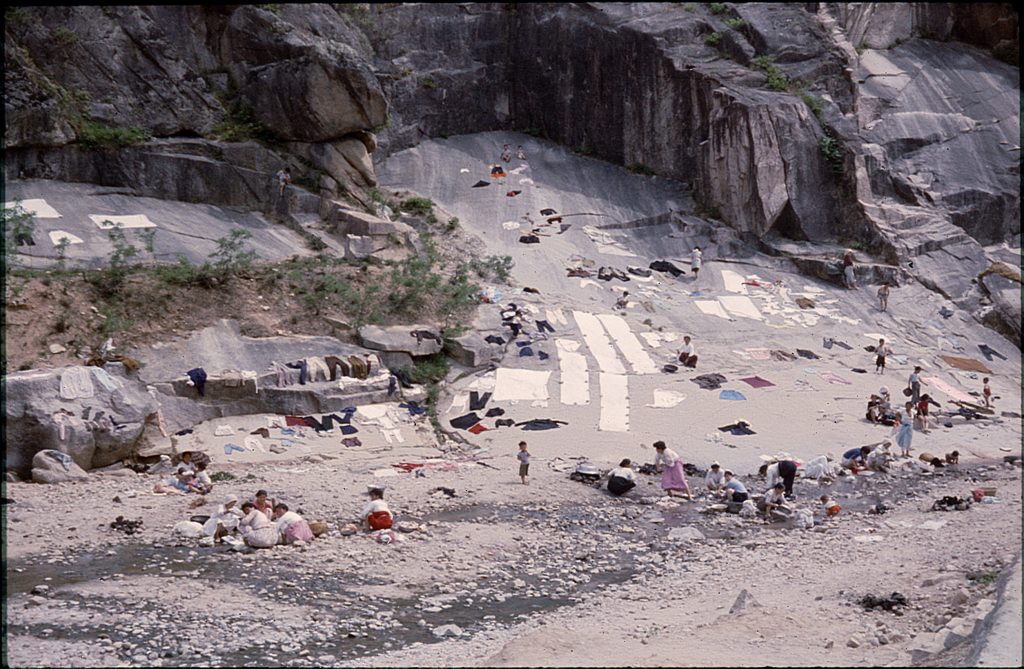
Marie Ann Han Yoo, Village Laundry Day Along the Han. Photo courtesy of Marie Ann Han Yoo.
What do you remember from your time in Korea? Was there a lot of culture shock moving to a foreign country as a young woman?
Every single thing I came across was different from what I had previously known from growing up in Hawaii. I would not say it was culture shock, but it was truly that everything in the environment, everything I experienced, was new. My parents had emigrated when they were very young children, so it did not feel like I was visiting my parents’ country per se.
How did people react when you would take their photos?
People were interested when I took their photos. Sometimes I would just point to the camera and lift it to my eyes and snap the photos. People were curious seeing me take their photos because at that time, there were hardly any people taking photos at all. People were also curious about me. They were puzzled because here I was, trying to take their photo, a woman, Asian, wearing Western clothes, not speaking their language.
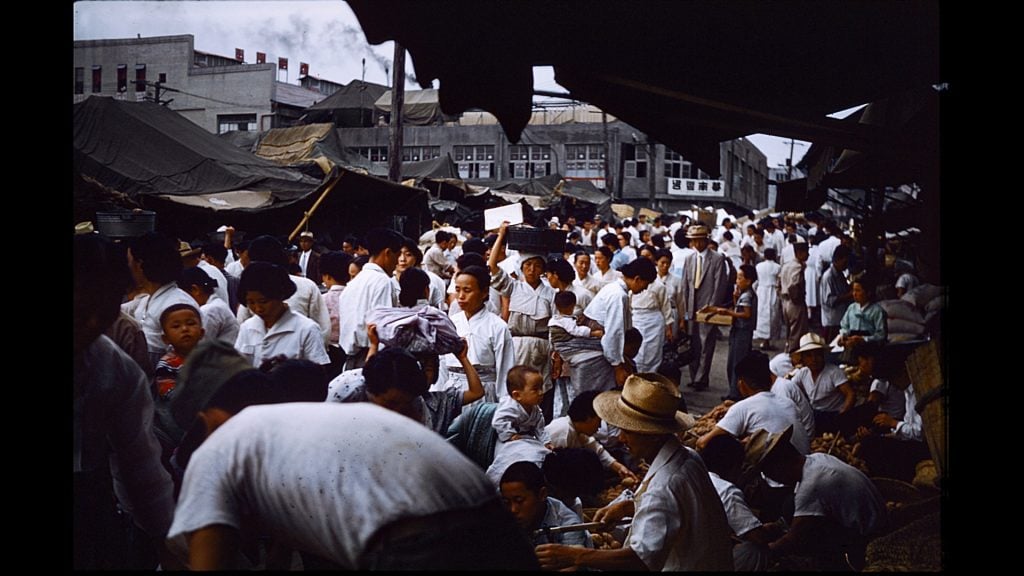
Marie Ann Han Yoo, Ajjumas of Namdaemun. Photo courtesy of Marie Ann Han Yoo.
After your trip, what did you do with the photographs?
I never considered showing the photos after I came home. I went off to college and never thought about them again, actually.
How did you feel looking back at the photographs again after so many years?
I feel nostalgia about those days, how Korea has changed so much, and how those places do not exist anymore in that way.
Do you have a favorite image? Why?
Probably the one that really intrigues me is the one with the three men with their traditional white clothing and black hats. That to me is really old Korea. I think that Korea is long gone.
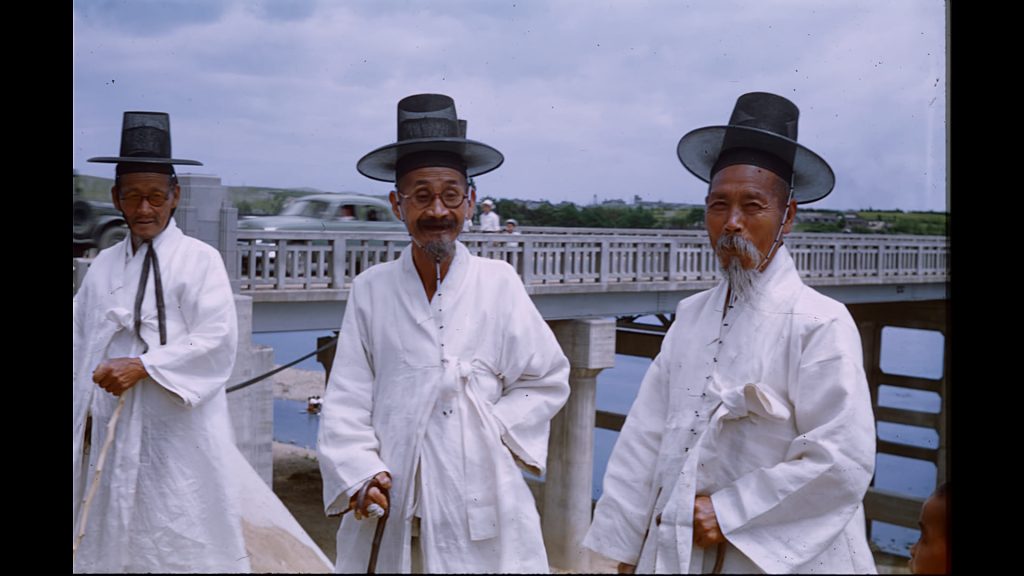
Marie Ann Han Yoo, Three Harabojis. Photo courtesy of Marie Ann Han Yoo.
What historical significance do you feel these photos have? What about their personal significance?
I think the photos capture the old Korea that was so impoverished and busy rebuilding from the war. One sees from the photos that everything was manual labor—paving the roads, the agriculture, threshing of the rice, all done by hand. The photos demonstrate the resilience and courage of Koreans, and it is astonishing to contrast that with the technological and economic superpower it has become today, in a very short period of time.
For me, the personal significance is that it’s a reminder of how fast change occurs, and how it is inevitable. In today’s Korea, I cannot locate many of the places where I took photos, for example, along the Han River and in the countryside. These places are gone.
Did you keep up a photography practice after your return to the U.S.?
No, I did not continue with photography. But sometimes when I went around, wherever I was, I would frame whatever I would see, and in my mind and think, oh that would be a good picture.
Below, see more of Yoo’s photos of South Korea.
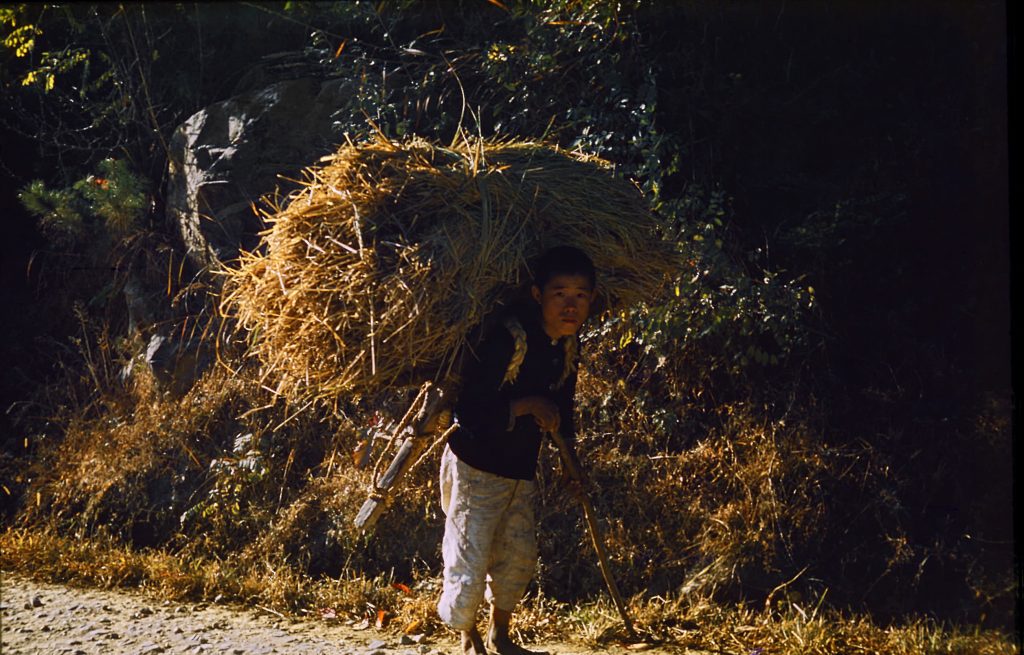
Marie Ann Han Yoo, Adolescent Boy Walking Country Road. Photo courtesy of Marie Ann Han Yoo.
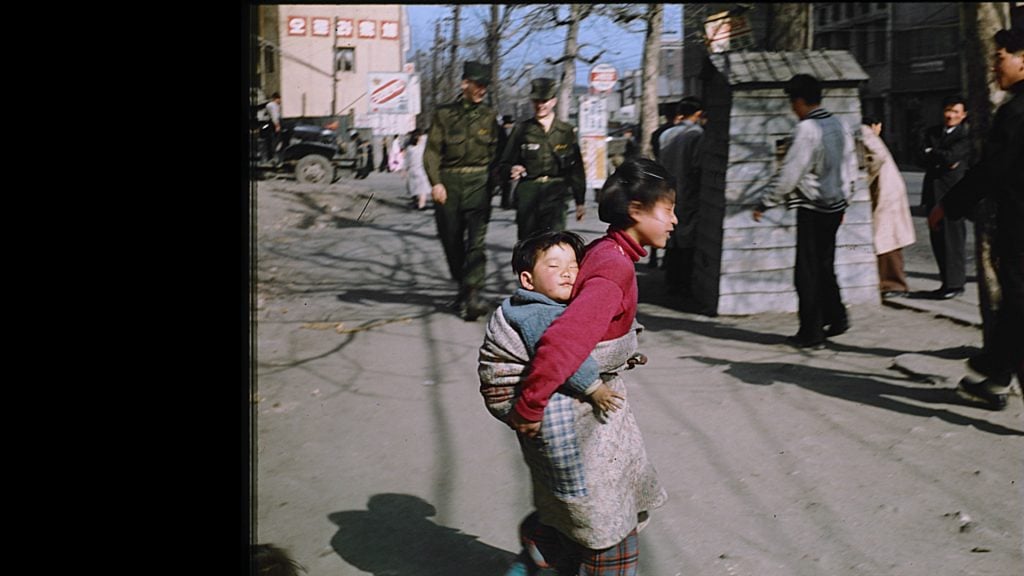
Marie Ann Han Yoo, Obuba, Seoul. Photo courtesy of Marie Ann Han Yoo.
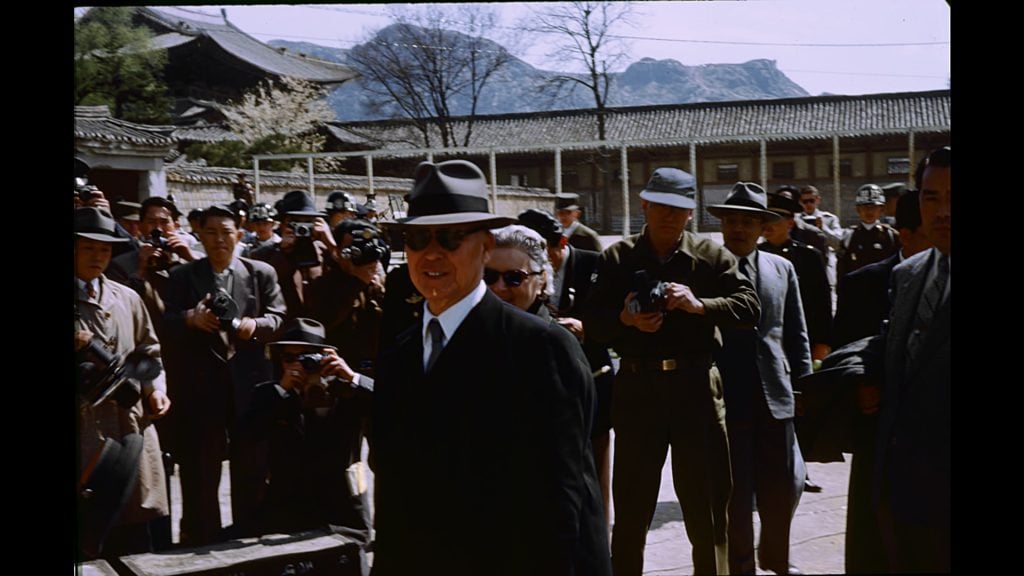
Marie Ann Han Yoo, President Syngnam Rhee and wife Franziska Donner. Photo courtesy of Marie Ann Han Yoo.
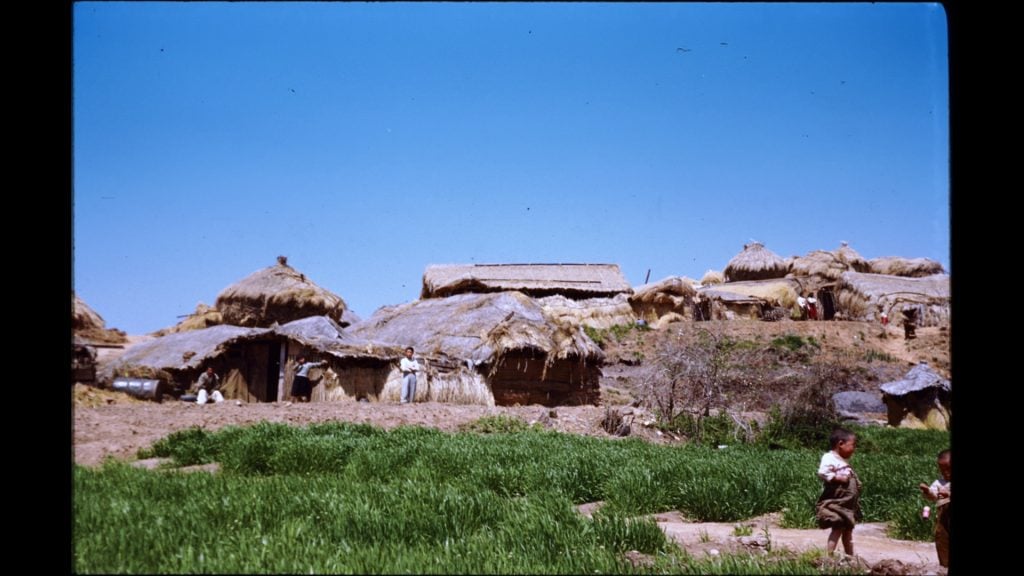
Marie Ann Han Yoo, Village in the Countryside. Photo courtesy of Marie Ann Han Yoo.
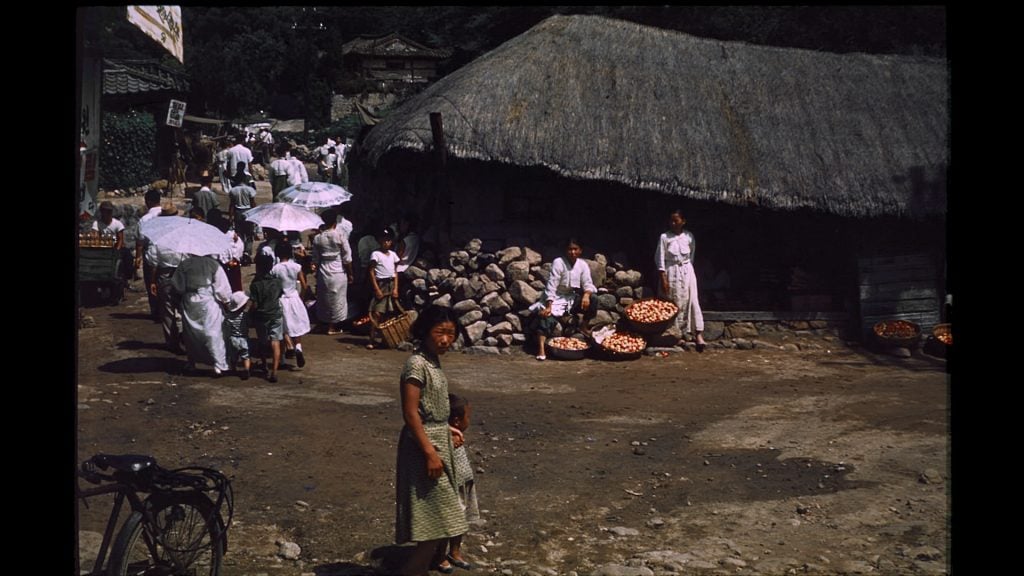
Marie Ann Han Yoo, Girl with younger sibling. Photo courtesy of Marie Ann Han Yoo.
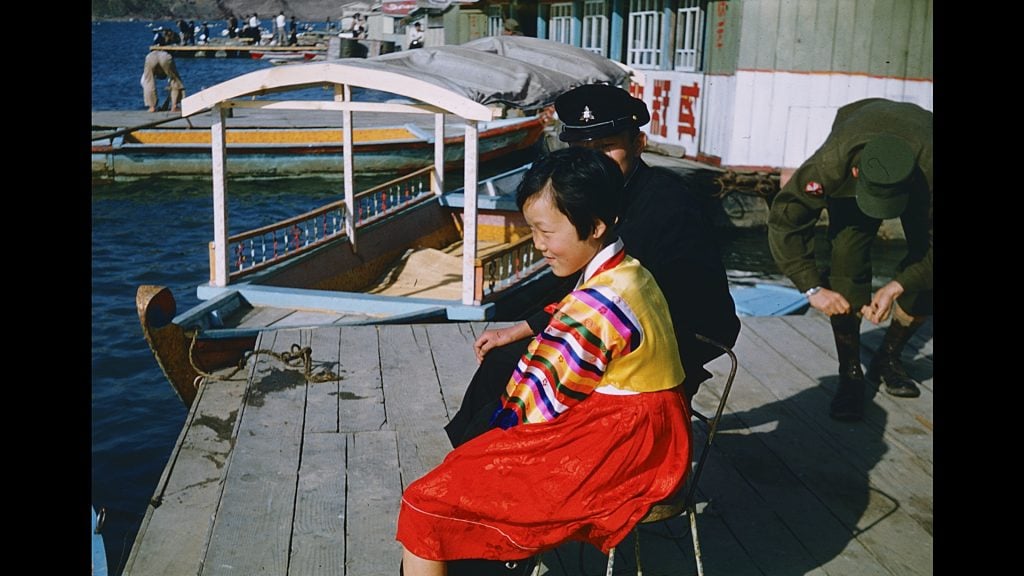
Marie Ann Han Yoo, Girl on Han River. Photo courtesy of Marie Ann Han Yoo.
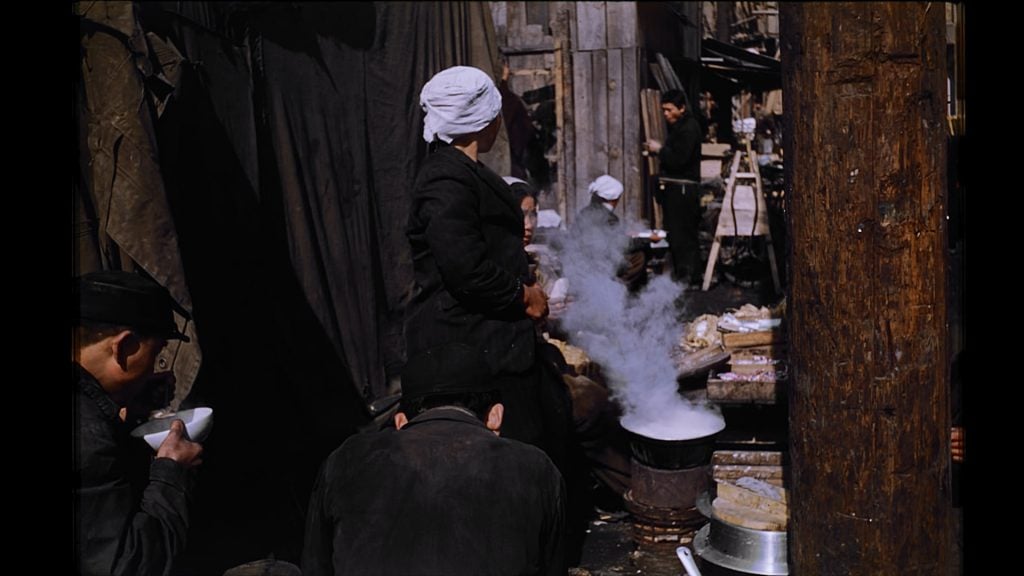
Marie Ann Han Yoo, Cooking in the Alley. Photo courtesy of Marie Ann Han Yoo.
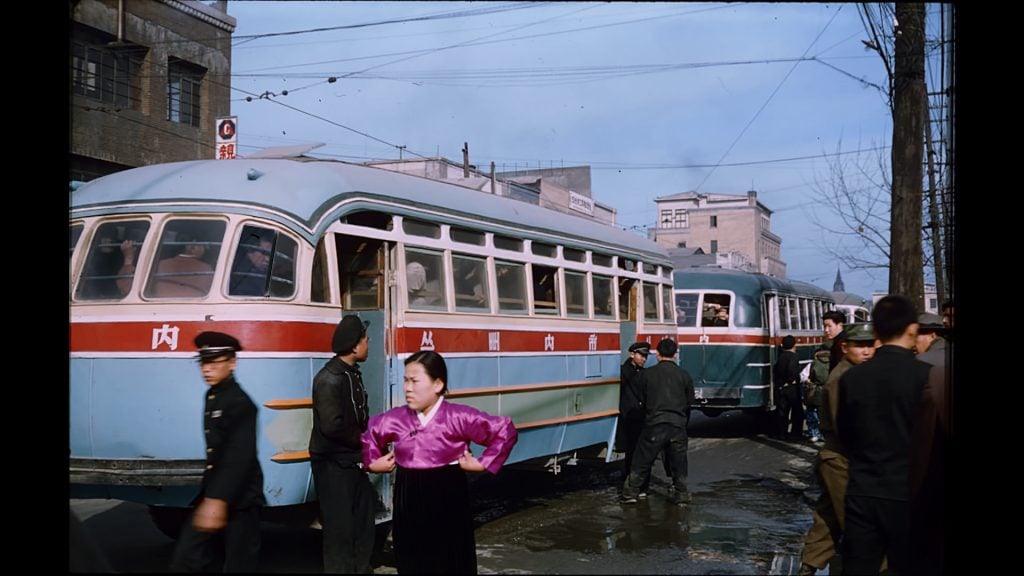
Marie Ann Han Yoo, Pink Hambok (Traditional Dress). Photo courtesy of Marie Ann Han Yoo.
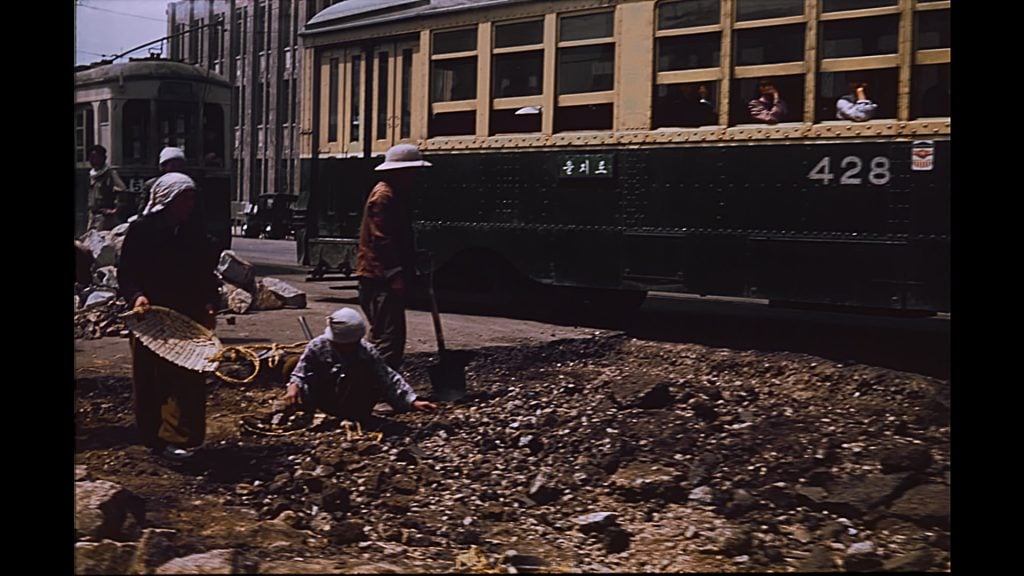
Marie Ann Han Yoo, Repairing the Road. Photo courtesy of Marie Ann Han Yoo.
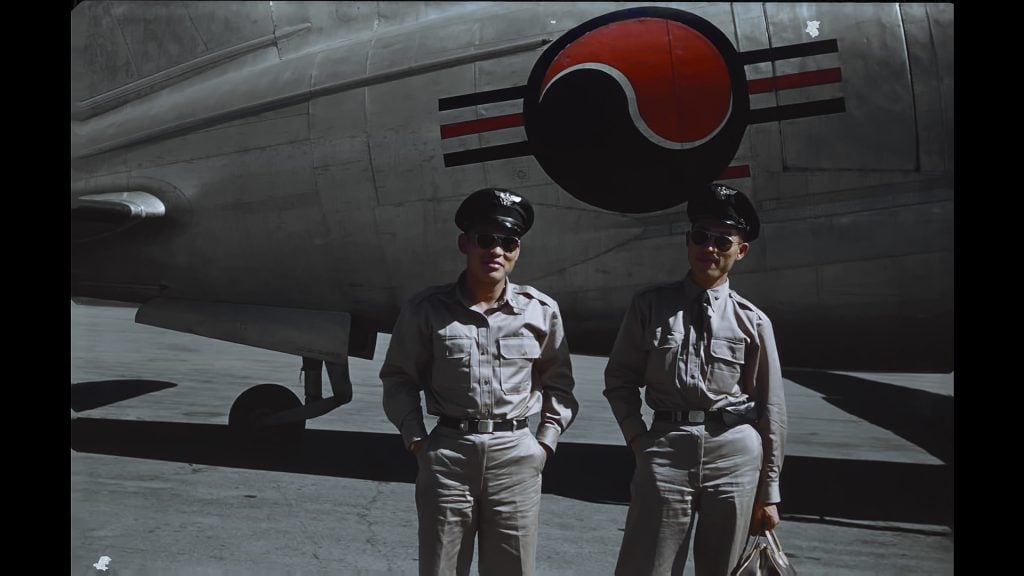
Marie Ann Han Yoo, Korean Air pilots and plane. Photo courtesy of Marie Ann Han Yoo.
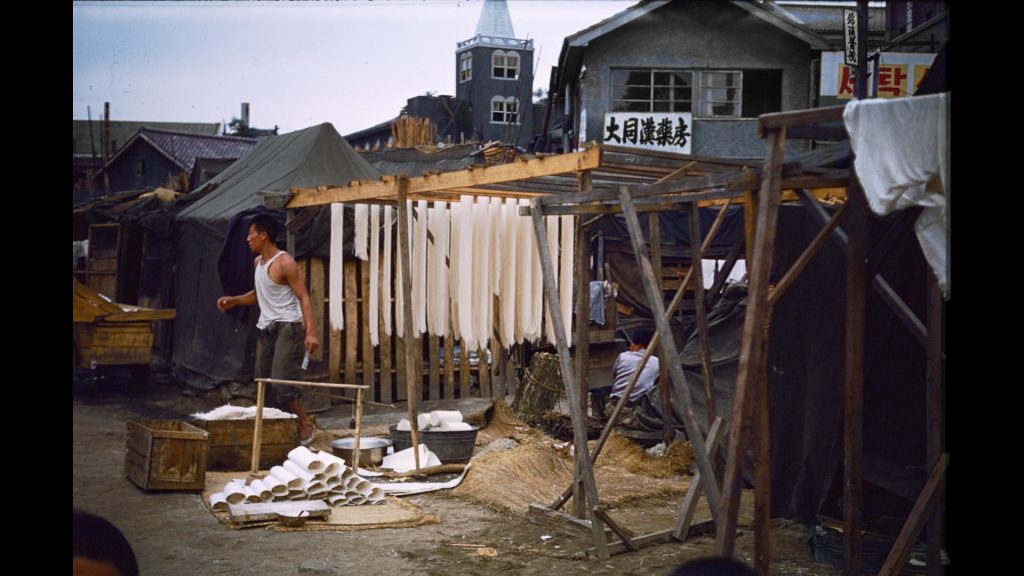
Marie Ann Han Yoo, Noodle Maker. Photo courtesy of Marie Ann Han Yoo.